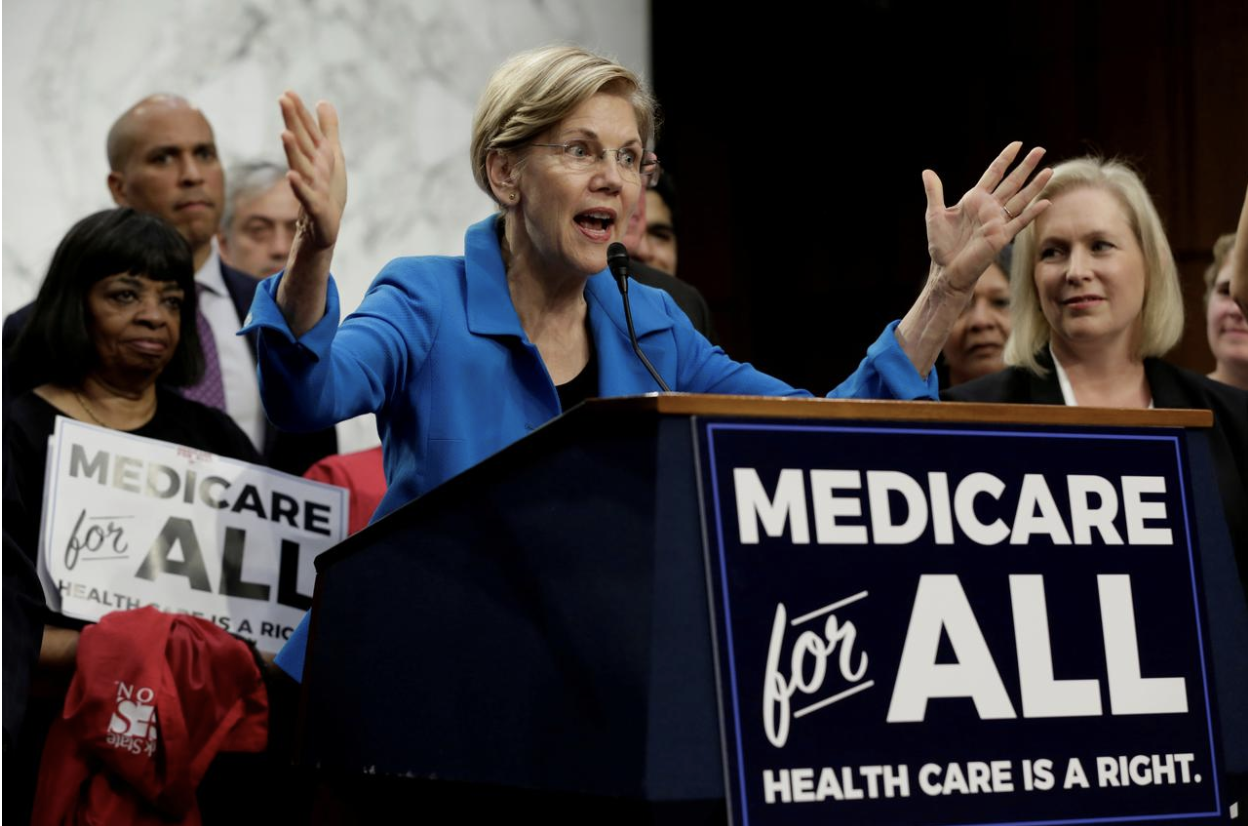
JOSEPH VALENTINE HERNANDEZ – NOVEMBER 13TH, 2017
The decade of the 1940s tested the resolve of the United States as it had never been tested before, both in the banking sector and on the battlefield. An income tax system solidified in the Sixteenth Amendment was barely thirty-eight years old when the attack on Pearl Harbor lassoed the United States into worldwide conflict, and from the onset it was clear such a system would be inadequate to pay for all wartime expenses. So, the government issued loans and sold bonds to pay for equipment and soldiers, incentivizing defense companies to hire workers. Workers gained employment and built durable goods, and budgets soared. The United States finally emerged from the terrible economic gauntlet of the Great Depression largely because of the Second World War.
Famously, President Franklin Delano Roosevelt pushed for US involvement in the conflict on the back of the “Four Freedoms”that justified intervention against the rogue states of Europe. Roosevelt interpreted the third freedom, the freedom from want, as promoting economic understandings which will secure to every nation a healthy peacetime life for its inhabitants. As historian Lizabeth Cohen recounts in her book A Consumers’ Republic, this message encapsulated the role of middle class consumption in the postwar Keynesian economy, through the growth of cookie-cutter suburbs, cheap loans, and strip malls. Savings became a low priority and federal policies encouraged consumption after the New Deal, especially as the Social Security system provided guaranteed income through retirement for all Americans. Funded by automatic payroll deductions, these retirement benefits were a boon to the poorest Americans who never had to plan how to save money or distribute their savings across capital assets—they simply paid in and withdrew more than they paid upon turning sixty-five. Amazingly, the elderly poverty rate in the United States has fallen from around 50% prior to the implementation of Social Security programs down to around just 10% from 2000 to the present day. Over time, the inventions of the Consumers’ Republic morphed and evolved. Economic shocks of the late 1970s along with the fiscal policies of the Reagan Era slowly eroded the American personal savings rate, down from nearly 9% or 10% in the two postwar decades to just 2.6% in 2005 during the housing boom.
Republicans in Congress recently pushed forward a new fiscal plan through the House of Representatives, and some representatives are considering further contributions caps to workers’ 401(k) accounts, private savings accounts typically used by employees of larger companies to invest tax free for retirement. As they exist now, these accounts circumvent taxes on what people put towards retirement now but are taxed when the money that accumulates in them is finally withdrawn. The other popular private retirement account, a Roth IRA, does just the opposite, taxing money going into the retirement account but eliminating taxes on its withdrawal. Across the political spectrum, commentators focused on the drastic nature of leaked reduction proposals, from nearly $18,000 to around $3,000 a year for those under fifty years old. At first glance, this seems to be a huge slap in the face to middle-class and upper-middle-class Americans who planned to postpone their taxes to avoid being taxed on their initial savings. Yet, research from Yale Professor James Choi has shown that the contribution caps have only a small effect on savings behavior compared to how savers interpret the rules surrounding retirement accounts. Specifically, taxes now or taxes later do not have as much an impact on which plan people choose as much as the psychological aspects of saving do.
Many Americans, nearly a third, save almost nothing for retirement, while those who do typically view contribution caps on 401(k)s as government-suggested savings levels per year. What Congress should do to increase savings and capital accumulation is to leave caps untouched or expand them, while also working off the assumption that automatic deductions are the appropriate method by which to get the most people saving for future use. Americans can save whatever they want by investing in mutual funds or market index funds, both generally safe options, but they risk being swindled by non-fiduciary financiers. With household savings rates so low, one would think conservatives and liberals alike would want to further encourage investments, especially into tax-exempt accounts like Roth IRAs or 401(k)s. As the Federal Reserve continues to raise rates, the average saver can expect higher returns on the bonds in their mutual funds but also higher mortgage rates, presenting a problem for those who have not developed a healthy savings pattern already.
However, perhaps this Congress is indifferent about how much the average person saves for retirement, as long as reducing contribution caps can offset ten-year tax breaks on wealthy families. Maybe the very same recalcitrant voters who elected these representatives last November do not want tax-free savings accounts they would hardly use—while they are promised that tax cuts will come for them too. The “Greatest Generation” and Franklin D. Roosevelt strove for freedom from want after collectively sacrificing so much, but the freedom to want is fundamentally different now. After decades of easily affordable suburban homes, cheap produce, cheap gasoline, and secure service jobs the children of the wartime generation have only a diluted sense of how to avoid wants. As Cohen discovered, the Consumers’ Republic meant consumption not spending, and as Keynesian theories became standard and the ability to buy today gained such a foothold culturally, socially, and economically, the freedom to get goods in “1-Click” matters more to more people than their freedom to save.


